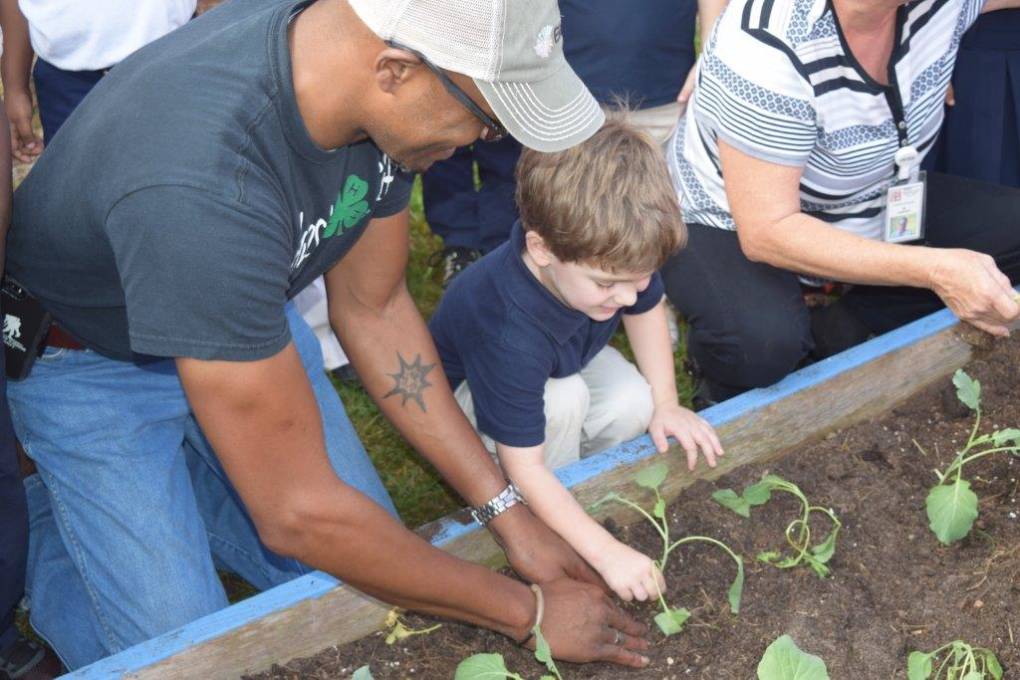10 Slang Terms Teens Use That Adults Should Know
Last
fall, ESPN ran a very funny piece
on how NCAA football coaches did not understand the slang terms of their
players. From Nick Saban to Tom Allen, coaches admitted that the terminology
their youth athletes used to communicate was a little like a foreign language
to them. Sometimes they said it felt like they needed a translator to explain
what both sides were saying.
You
may just feel the same way.
Why Do Students Invent and Use Different
Terms?
So, why do students feel like they need to use different vocabulary than adults do? To be honest, it was true in my generation back in the 1970s too. Adolescents feel they must invent terms to distinguish themselves from other generations. Kansas State University English professor Mary Kohn says, “Language is a lot like fashion. Teens coin words and slang partly because using their parent’s jargon would be a lot like wearing mom’s jeans. They would come across as old-fashioned and out of touch.”
So, why do students feel like they need to use different vocabulary than adults do? To be honest, it was true in my generation back in the 1970s too. Adolescents feel they must invent terms to distinguish themselves from other generations. Kansas State University English professor Mary Kohn says, “Language is a lot like fashion. Teens coin words and slang partly because using their parent’s jargon would be a lot like wearing mom’s jeans. They would come across as old-fashioned and out of touch.”
- POTS………Parent Over The Shoulder
- TAW………Teachers Are Watching
- LMIRL…….Let’s Meet In Real Life
- 53X…………Sex
- CD9…………Code 9 (Parents are around)
A List You Should Know:
- Beef = a disagreement or hostility
- F2F = face to face, meeting in person
- Juice = credibility, respect, yet also means booze or drugs (check the context)
- Slide in the DMs = direct messaging someone privately, usually to hook up
- KMS/KYS = kill myself, kill yourself (often used sarcastically but can be real)
- Smash = to hook up, have sex
- Tea = gossip about someone
- Thirsty = wants attention, and usually from a specific person
- Throw shade = talking negatively about a person or thing
- Tweaking = getting high, usually on amphetamines

Still
another reason (at least in the past) has been to keep parents in the dark
about what’s really happening in their social life. Do you remember when cell
phones first became popular? Teens came up with acronyms
for text messages like:
These
were literally text message code words. Insider language for a generation. They
were diminishing for a while, until today.
Now
that students have smart phones, they have a whole new way to keep adults in
the dark. They worry less about using “codes.” Why? Teens are using social
media apps that parents know nothing about or assume their kid would never use.
Teens now employ disappearing Snapchat messages and “Finsta”(fake
Instagram) accounts without parents stumbling upon them. They have their
real identity, and then their fake identity. Often several of them.
Like
every emerging generation, today’s students find the need to create their own
identity; to acclimate with particular social groups and to differentiate
themselves from adults. We did it too—but it had to be “in person” at a party,
through the car we drove or within a club or team on campus. Michigan associate
professor Scott Campbell focuses on the impact of mobile communication and
social networking on media and society. He says, “It boils down to identity.
It’s a way of making insiders from outsiders, and certainly if you’re grown up,
you’re an outsider.”
In
other words, it’s not weird what teens are doing today—they just have a far
more complex mechanism and virtual method than we did back in the day.
Truth
be told, parents, teachers, coaches, employers usually don’t need to worry
about these terms that students use. They’re having fun the way we used to have
fun—discovering who we were and what we were about.
I
saw this with one caveat. Some terms can have double meanings.
For
instance, teens might send a message and use the term “addy.” Often times, it’s
just a simple abbreviated term for “address.” In other cases, however, it’s
slang for “Adderall.” This is a drug misused by many high school and college
students. It’s prescribed for those who have ADHD, but students frequently get
it illegally to help them focus for a test. Over-doses are quite common.
So,
what do we need to know to understand students?
When
you see your own kid, or a student or an athlete using terms you don’t
understand, before you ask them about it, check out the list below, offered by USA
Today journalist Jennifer Jolly:
Obviously,
social media is not going away. I believe we owe it to students to equip them
to navigate an unlimited world of connections in a healthy way.



